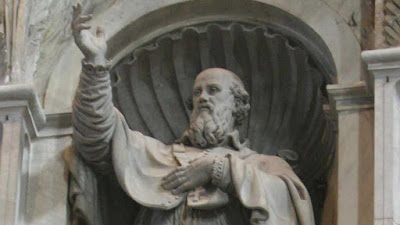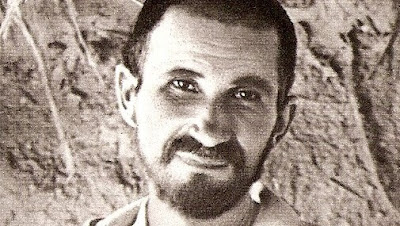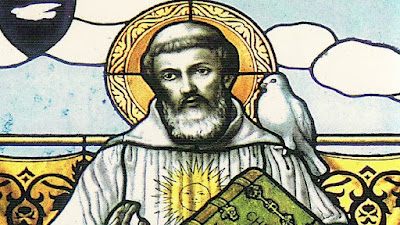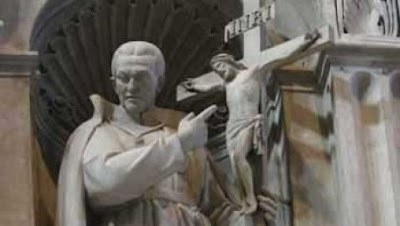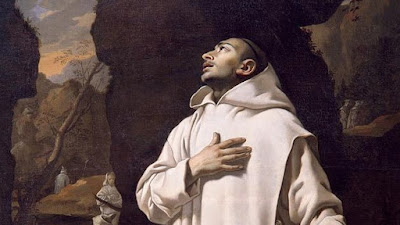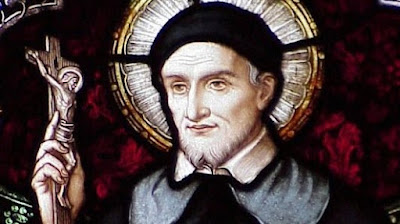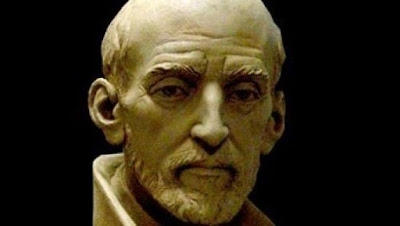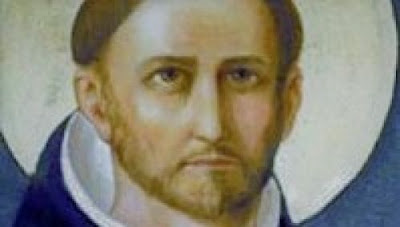St. Camillus de Lellis, Caregiver of the Sick, Founder
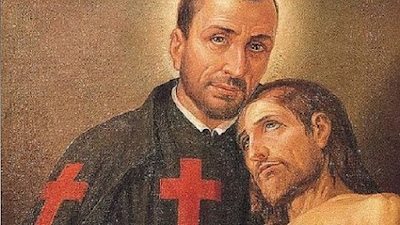
Optional Memorial – July 18th St. Camillus' mother was nearly sixty years old when he was born [in 1550]. As a youth, he gave himself to the sinful pleasures of this world. His conversion dates from the feast of the Purification, 1575. Two attempts to join the Capuchin Order were frustrated by an incurable sore on his leg. In Rome, Camillus was placed in a hospital for incurables; before long he was put in charge due to his ability and zeal for virtue. There, he provided the sick every kind of spiritual and bodily aid. At the age of thirty-two he began studying for Holy Orders and was not ashamed of being numbered with children. After ordination to the holy priesthood he founded a congregation of Regular Clerics, the "Ministers to the Sick." As a fourth vow the community assumed the duty of caring for the plague-ridden at the risk of their lives. With invincible patience Camillus persevered day and night in the service of the sick, performing the meanest and most


